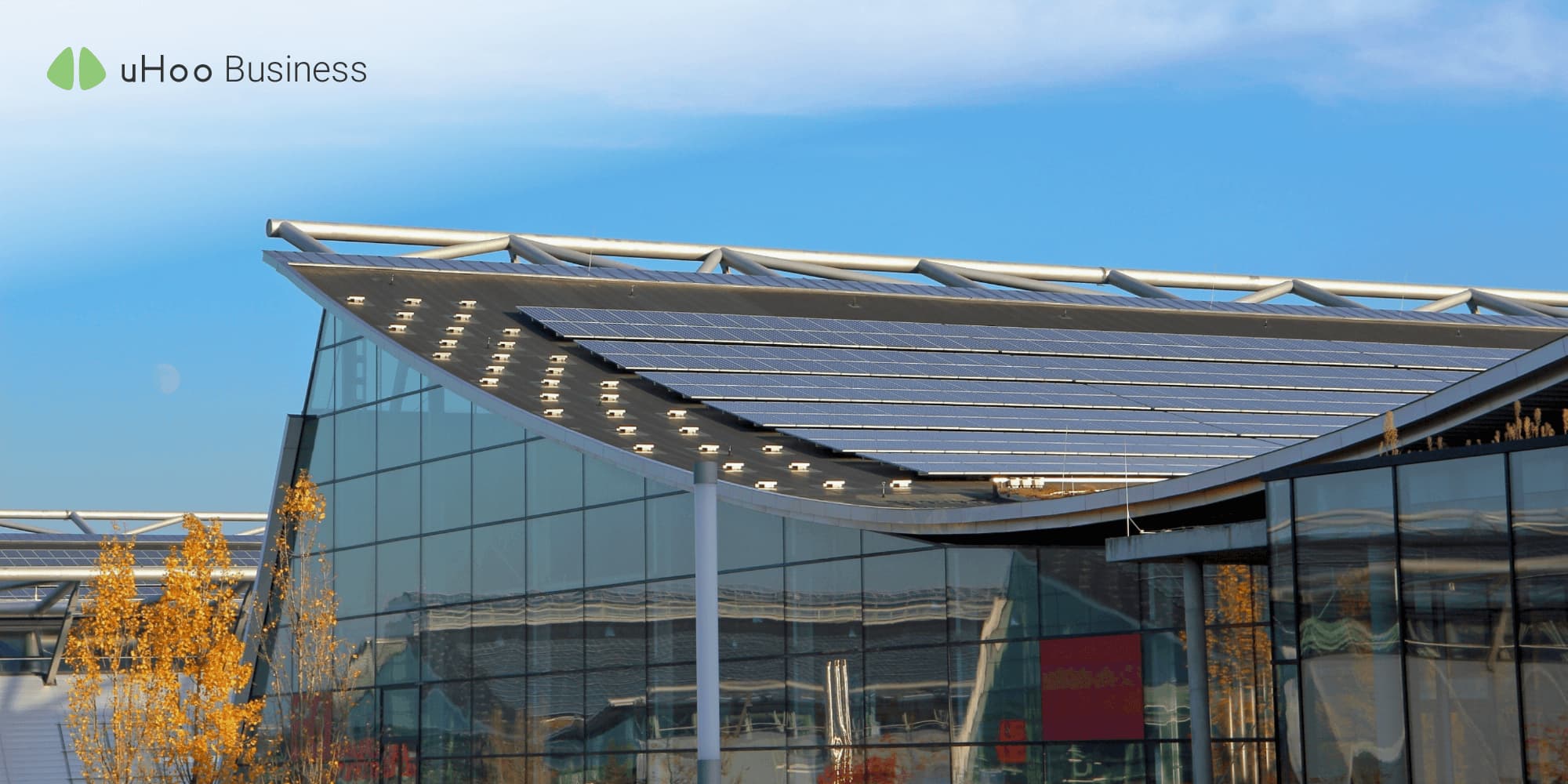
Energy efficiency mainly refers to the process of using less energy while performing the same task or achieving the same level of output. This can be accomplished through various means, such as using energy-efficient appliances, improving insulation in buildings, optimizing industrial processes, and utilizing renewable energy sources.
Improving energy efficiency is important for several reasons. First, it can help reduce greenhouse gas emissions and mitigate climate change. Second, it can help save money on energy bills for households and businesses. Third, it can improve energy security by reducing dependence on foreign energy sources. Finally, it can create jobs and stimulate economic growth in the energy efficiency industry.
There are many ways to improve energy efficiency, including investing in energy-efficient technologies, implementing energy management systems, conducting energy audits, and promoting energy conservation behaviors. Governments and organizations can also incentivize energy efficiency through policies and programs, such as tax credits, rebates, and energy efficiency standards.
Optimal utilization of energy resources
Here are some key points on efficient energy use:
- Use energy-efficient appliances and electronics, such as those with the ENERGY STAR label.
- Replace traditional incandescent light bulbs with LED bulbs, which use less energy and last longer.
- Use natural lighting when possible and turn off lights when leaving a room.
- Adjust your thermostat to save energy – in winter, set it lower when you’re not home and in summer, set it higher.
- Weatherize your home by sealing air leaks and adding insulation to save energy on heating and cooling.
- Use public transportation, carpool, bike, or walk instead of driving alone to reduce energy use and emissions from transportation.
- Choose energy-efficient vehicles, such as hybrid or electric cars, when purchasing a new vehicle.
- Practice energy conservation by turning off electronics and appliances when not in use.
- Consider using renewable energy sources, such as solar or wind power, for your home or business.
- Conduct an energy audit to identify areas where you can improve energy efficiency and reduce waste.
There are many more ways, strategies, and approaches available, depending on your needs and circumstances to improve energy efficiency. By conserving energy, we can reduce our carbon footprint, save money on energy bills, improve energy security, and contribute to a more sustainable future.
Energy Efficient Products
Energy-efficient products are designed to use less energy to perform the same task or achieve the same level of output as traditional products. Here are some examples of energy-efficient products:
- Energy-efficient light bulbs: LED light bulbs use 75% less energy than traditional incandescent bulbs and can last up to 25 times longer.
- ENERGY STAR certified appliances: These appliances meet energy efficiency guidelines set by the U.S. Environmental Protection Agency (EPA) and can save consumers up to 50% on energy bills compared to non-certified models.
- Smart thermostats: These devices can learn your temperature preferences and adjust heating and cooling accordingly, helping to reduce energy waste and save money on energy bills.
- Energy-efficient windows: Windows with double or triple panes and low-emissivity coatings can reduce energy loss and improve insulation in buildings.
- Energy-efficient doors: Doors with high insulating values and weatherstripping can help to reduce energy loss in buildings.
- Solar panels: These devices can convert sunlight into electricity, reducing reliance on traditional energy sources and helping to lower energy bills over time.
- Energy-efficient HVAC systems: Heating, ventilation, and air conditioning (HVAC) systems that meet ENERGY STAR guidelines can improve indoor air quality and save energy.
- Energy-efficient water heaters: Tankless or heat pump water heaters can use up to 50% less energy than traditional models, saving money on energy bills.
- Energy-efficient power strips: These power strips can automatically shut off power to electronics when they’re not in use, reducing energy waste.
By choosing energy-efficient products, consumers can save money on energy bills, reduce their carbon footprint, and contribute to a more sustainable future.
Indoor Air Quality and Energy Efficiency
Indoor air quality and energy efficiency are closely related because improving energy efficiency in buildings can also improve indoor air quality. Here are some ways in which energy efficiency can impact indoor air quality:
- Improved ventilation: Energy-efficient buildings often have better ventilation systems, which can help to remove indoor air pollutants and improve air quality. Mechanical ventilation systems can bring in fresh air from outside and exhaust stale air, while natural ventilation systems can rely on opening windows and using fans to improve air flow.
- Reduced moisture: Energy-efficient buildings can be designed to reduce moisture levels, which can help to prevent the growth of mold and other indoor air pollutants. Proper insulation, sealing air leaks, and installing vapor barriers can help to keep moisture out of buildings.
- Use of non-toxic materials: Energy-efficient buildings often use materials that are less toxic than traditional building materials. For example, low-VOC (volatile organic compound) paints and adhesives can reduce the amount of indoor air pollutants in buildings.
- Proper maintenance: Energy-efficient HVAC systems require regular maintenance to function properly, which can help to prevent the buildup of indoor air pollutants. Filters should be changed regularly, and systems should be inspected to ensure that they are working efficiently and effectively.
By improving energy efficiency in buildings, we can create healthier indoor environments and reduce exposure to indoor air pollutants. This can have a positive impact on human health and wellbeing, as well as on the environment.


